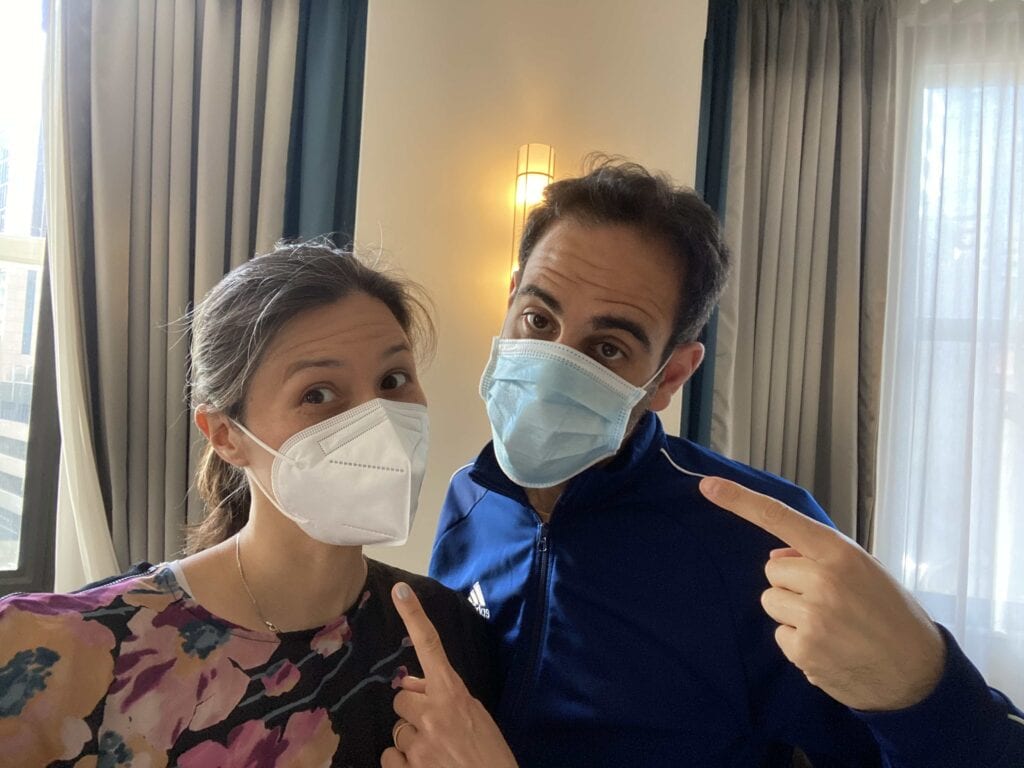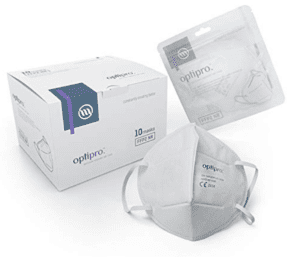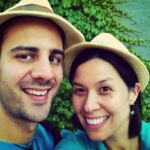Wearing masks for coronavirus is on everyone’s mind. But what’s the difference between masks?
And what mask is the best for me to use?
Travelling safely is now more important than ever.
We recently flew Singapore Airlines to Australia to see our family. I was quite nervous about being in an enclosed space for a long time with recycled air. As Greg is a medical professional and I’m a UK Certified Covid Supervisor, we both wanted to wear the best masks that would keep us safe.
Here are our recommended top masks that you should wear when travelling during this crazy time.
Table of Contents
What masks are there?
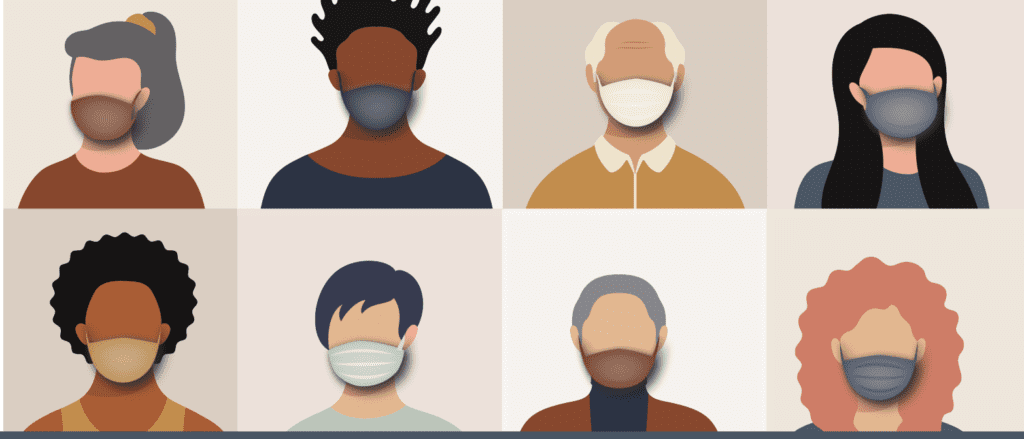
Face Coverings
- cloth masks
- bandanas
- snoods/gaiters
- cloth mask with ventilator
Masks
- Type II or Type IIr Surgical Mask (blue single use mask)
Respirators:
- N95 Masks / FFP1 Mask
- N99 / FFP2 Mask
- N100 / FFP 3 Mask
Visors
Research has shown that whilst great for your protection, it does not help others. Your breath will steam up the visor and the droplets/aerosols from you will go down and circulate to others. Therefore this is not advisable to only wear a visor.
What's the Difference?
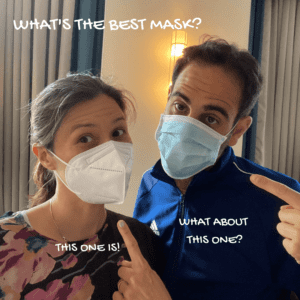
Different types of masks work in different ways to protect us from Coronavirus, and which mask you need will depend on where and how you will be using it.
Coronavirus is spread from person to person carried on
- Droplets
- Tiny clouds of particles called aerosols – through the air by infected people talking speaking shouting etc.
- Direct touch contact (fingers to mouth etc)
Masks are to protect us from airborne virus in droplets or aerosols.
The size of the coronavirus is around 0.12 microns, so you want a filter that blocks that size as much as possible.
Now with that in mind let’s look at what these masks do and adapt for our situation:
Face Coverings
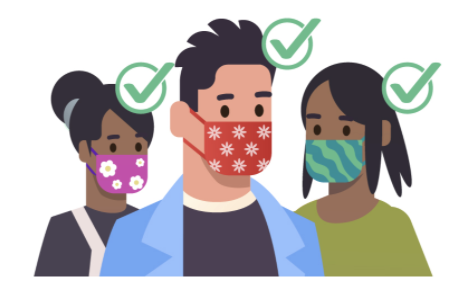
These include: fabric masks, snoods, gaiters, bandanas etc
These are just putting up a barrier to the virus. Depending on the type of face covering you use, (use minimum 2 layers as per WHO guidelines) they will give you different protection.
Fabric masks should be made of three layers of fabric:
- Inner layer of absorbent material, such as cotton.
- Middle layer of non-woven non-absorbent material, such as polypropylene.
- Outer layer of non-absorbent material , such as polyester or polyester blend
A ‘cloth mask’ is a barrier to your mouth and nose.
It will not filter (no matter what it claims) and will not protect you properly if you come into close contact with an infected person.
You must wash it DAILY. If you must use a cloth mask have several so you can replace them daily and wash them in high temperatures.
These are great for areas that have low to no infections, being outdoors where there are people, when you will have little contact with people eg. outdoors on the beach, going for walks etc.
Please note: WHO does not advise using masks or respirators with exhalation valves. The valve opens on exhale, making it easier to breathe but also allowing any virus to pass through the valve opening. This makes the mask ineffective at preventing the spread of COVID-19 or any other respiratory virus*.
* https://www.who.int/news-room/q-a-detail/coronavirus-disease-covid-19-masks
Masks: Surgical Masks Type II / IIR
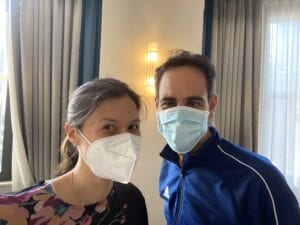
These are the blue masks you see around, called Surgical Masks.
These masks are good for sleeping on long distance journeys, when you have contact with people but can remain distanced, or go into shops and come out fairly quickly – you can wear one over the top of a snood or under a cloth face covering to give extra protection.
They DO FILTER – but only to around 3 microns and this may not be small enough to prevent small aerosols.
Surgical Masks are:
- composed of 3 layers of synthetic nonwoven materials
- configured to have filtration layers sandwiched in the middle
- have various levels of fluid-resistance and filtration
- Filter up to 3.0 microns
These masks are single use only – I was told 4 hours was the max time for usage then replace, but haven’t seen that elsewhere. Just make sure you throw them away after each use.
Respirators
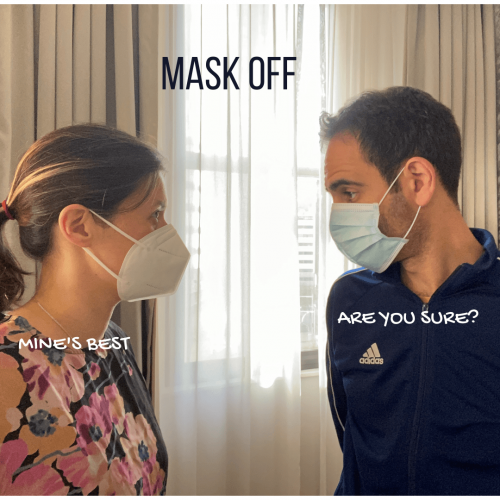
For travelling on flights, being indoors for long amounts of time, or if you are in high infectious areas these masks are great. We personally prefer to use higher grade respirator masks for protection at home, work and travelling.
They filter the air you breath up to 0.3 microns, meaning that even very small aerosols cannot penetrate the mask.
These masks are:
N95 (US Certification), FFP2 (European certification), KN95 (Chinese Certification).
The certifications do have slightly different standards (see graph below). FFP2 is my go to mask for all work activities and going out in the UK.
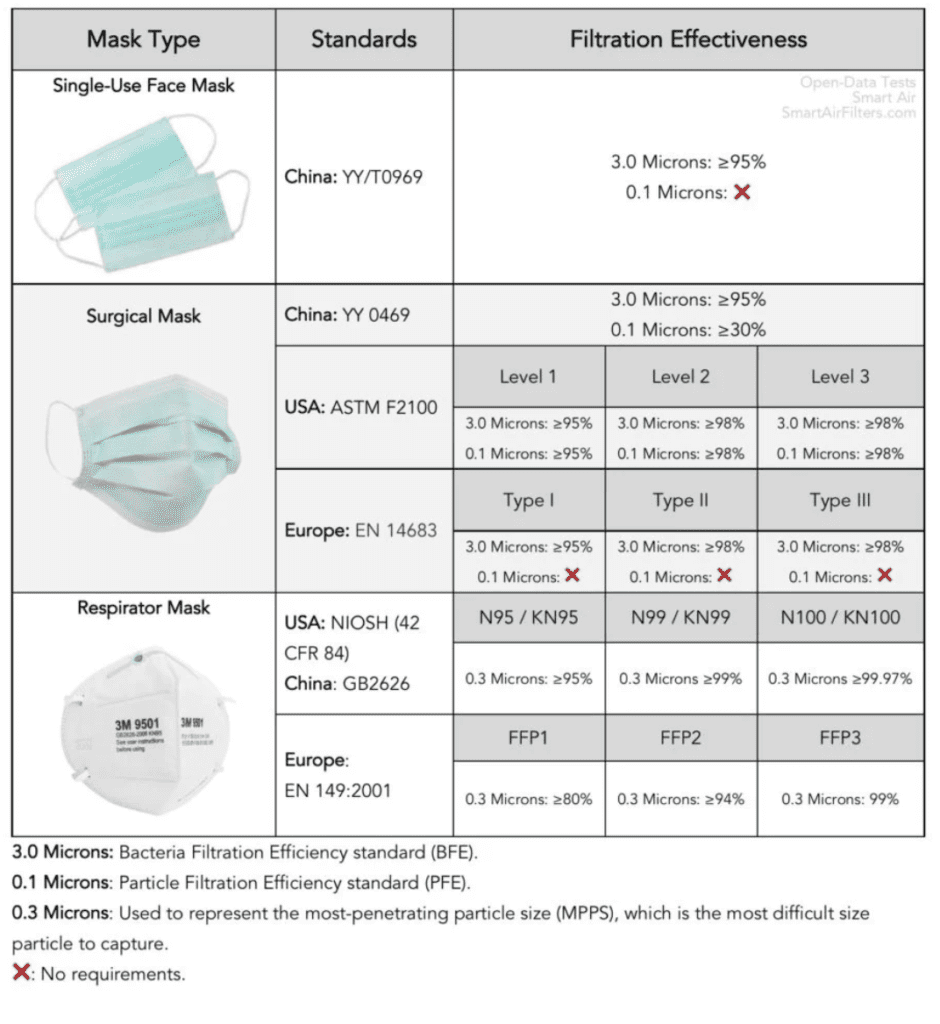
LEFT: Ollie from our film set demonstrates how to ‘pimp your mask’. See more of his designs at @eat.sleep.make.repeat
RIGHT: Here I am on set in full PPE.
Masks can vary so I recommend these brands as they tend to be more comfortable and reliable.
Optipro
Slightly more expensive but more comfortable with longer ear straps.
Medisana
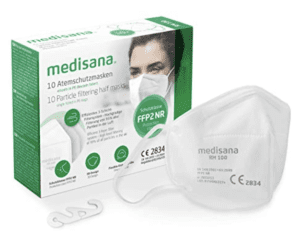
Depending on your head size, the ear straps can hurt a bit, especially after long hours so I use Ear Extenders https://amzn.to/331pMuG which you can get here – cheap and easy solution!
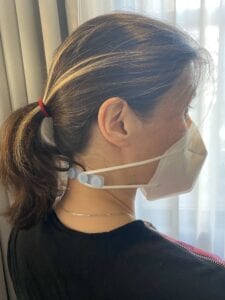
**Please make sure whatever respirators you buy have a certification mark (UK/Europe it is the CE mark) or it could be fakes which have recently been spotted on the market.
Just remember this is a single use filtering mask so it slightly restricts the airflow during inhalation. Be aware if you are doing heavy exercise such as, lifting, running, do not use this as it will make it slightly harder to breath. (Almost collapsed running for the bus in it!).
Which mask should I wear?
Well that depends on your situation and level of virus in the community around you.
If you are walking around outside and coming into little contact with people, having a mask in your pocket (in a plastic Ziploc bag) is good practice. Then you can whip it out if you go to a coffee shop and be kind to your barista.
If you are visiting Sydney or Taiwan where there are few to no cases, but you must wear a mask on public transport, the face coverings or surgical masks would be fine.
If you are going shopping where contact is minor and you won’t be there for long a Type IIR Surgical mask is great.
If you are visiting a supermarket or high density area (café) or your neighbourhood has recently had an outbreak I’d suggest going for a respirator FFP2/N95 mask just in case anyone bumps into you.
Finally if you are going to be in an airplane for a long time, definitely use the respirator masks (and check the airline has HEPA air filters). I switched to a surgical mask to sleep in as they aren’t really designed for that!
I hope this helps clear up any questions about the main difference in masks and what they do, if you have any queries or comments please do feel free to contact us on jadeandgregtravel@gmail.com
Q&A
I want to be safe but I don’t like single use masks….So can you get a reusable FFP2 /KN95 /N95 Mask?
Ah the holy grail of questions.
This has plagued me especially as I was working during the entire end of 2020 and beginning of 2021. I coulnd’t find any that would satisfy Health & Safety Officers or Insurance companies, but then I was recently recommended this:
MOD PPE https://modppe.com/
They are a reusable silicon mask with single use filters that you need to replace. As I found them just as I was leaving the UK I didn’t have a chance to test one out but when I go back I will for sure!
This is so far the only company I’ve found with proper certification – please if you have seen others do send them to me!!
How can I spot a fake mask?
Please note there are lots of companies claiming to have FFP2 resuable masks, or even selling single use respirators/masks.
- Check the type of mask and their description. Does it match the above points / WHO recommendations for that type of mask?
- Is it certified?
In Europe/UK we have CE mark which should be on every mask/respirator sold. If it is not there it could be a fake. Ask to see certification. - If they are touting a reusable FFP2 then ask for certification. It should be readily available on their website or they can send it to you. If they cannot then I’d avoid.
So do be circumspect and check for your own safety!
Masks for Children?
Whilst the UK doesn’t require them, I urge you to keep your children safe and get them good fitting masks.
The latest information on variants mentions children can catch it and pass it on with only mild symptoms, however adults will suffer more. So if you are travelling, I’d suggest protect your children with good fitting masks.
Do I need to be fit tested for a Respirator Mask?
No. Not if you are buying one for yourself or your household. Its great if you have access to fit testing but as far as I’m aware only large businesses (like NHS) seem to have this service.
We’ve used FFP2 masks on many film sets and whilst they don’t always fit everyone I do try to find an option for the person in question especially if they have a larger jaw, nose, face. If you have any suggestions for other brands / masks please do let me know!
We are all learning and constantly finding new solutions to keep everyone safe.
How often do I change the mask?
REMEMBER: All masks must be replaced regularly:
Filtration masks every 10-12 hours,
Surgical masks every 4 hours.
The mask traps virus on the surface. DO NOT TOUCH THE MOUTH AREA. If you must use a cloth mask, have several so you can replace them daily and wash them in high temperatures.
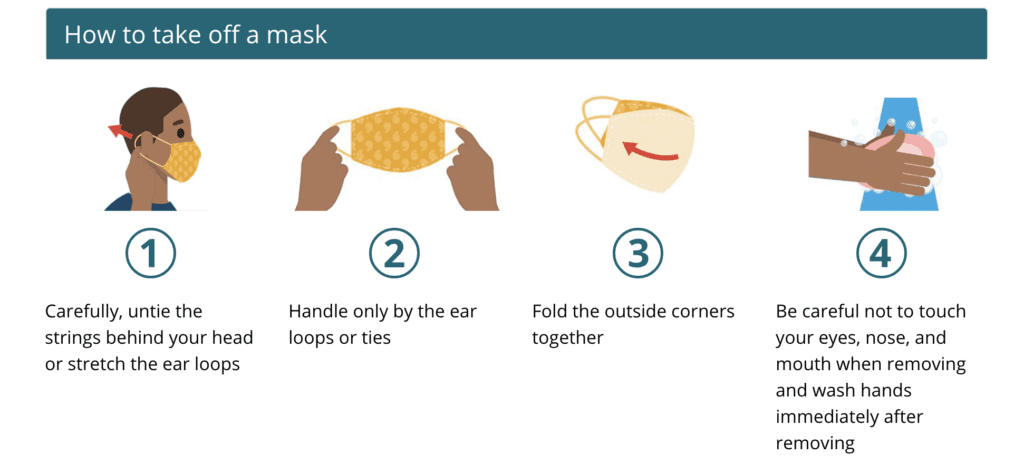
And my favourite infographic…..how NOT to wear a mask. Honestly this really should be self explanatory!
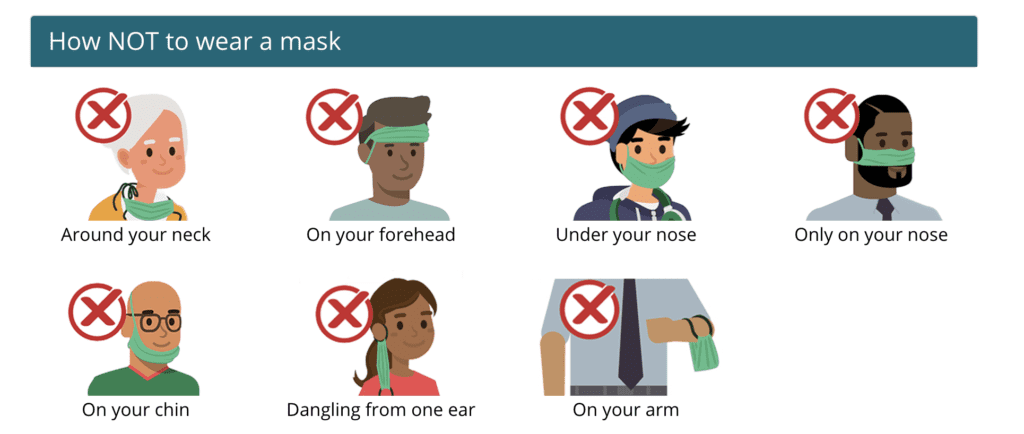
Congratulations
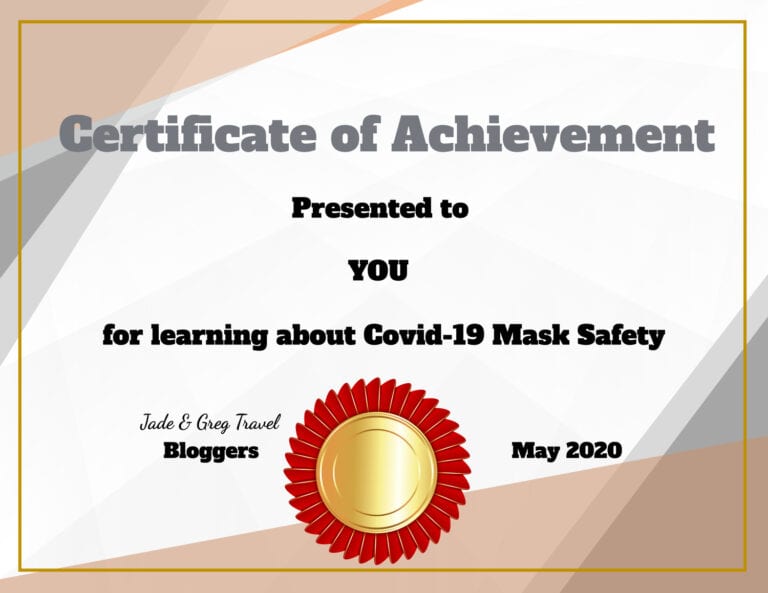
I feel you should get a certificate so here you go! Congratulations on reading this article and well done for being concerned about your health and that of those around you.
If you enjoyed this post please do share it, your health is important and we need to keep safe so we can enjoy exploring!
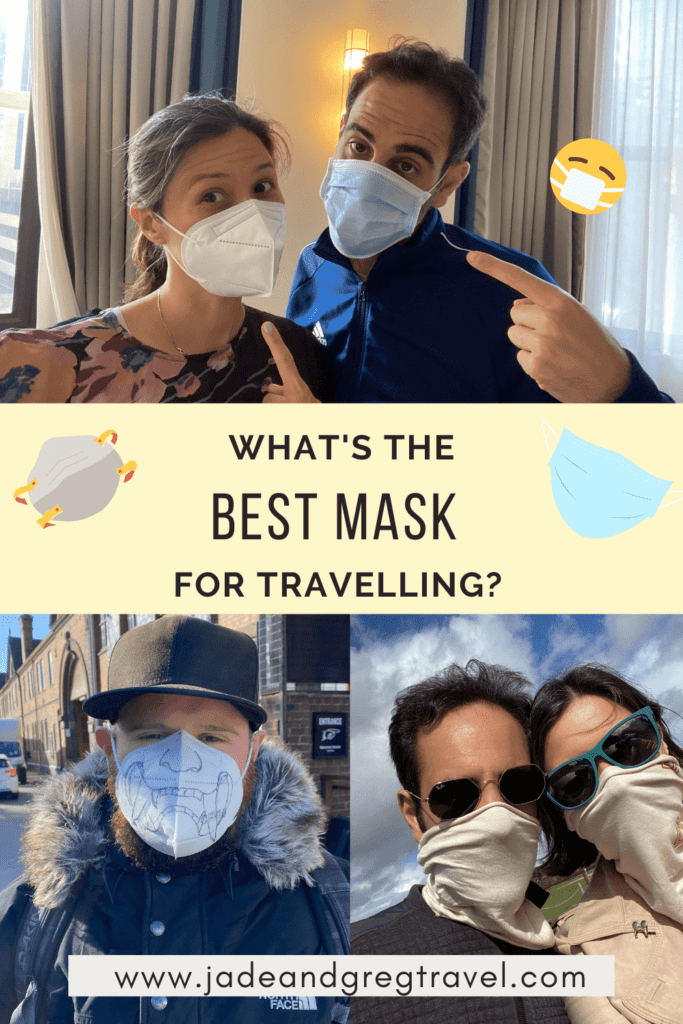
Additional links & resources
For more details on the different type of filtration in masks see this awesome post
https://smartairfilters.com/en/blog/comparison-mask-standards-rating-effectiveness/
For more info on all the different ‘Face Covering’ in detail see here: https://www.healthgrades.com/right-care/coronavirus/9-types-of-masks-and-how-effective-they-are
Sources:
https://www.who.int/news-room/q-a-detail/coronavirus-disease-covid-19-masks
https://www.cdc.gov/coronavirus/2019-ncov/prevent-getting-sick/about-face-coverings.html *
*Please note some of these are older posts and slightly out of date. Information changes daily on the pandemic so always try to see latest information.

